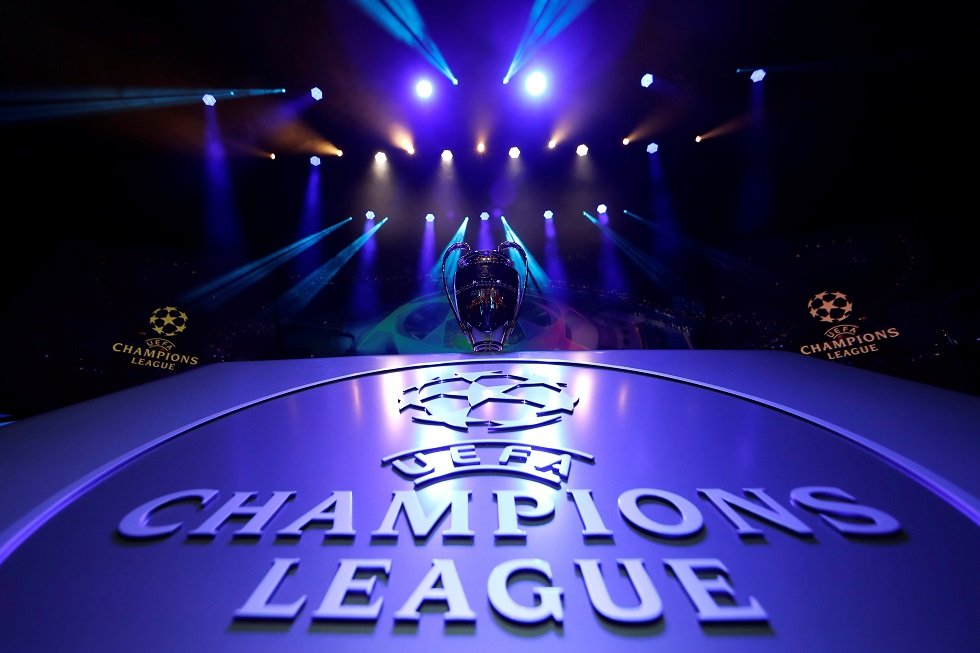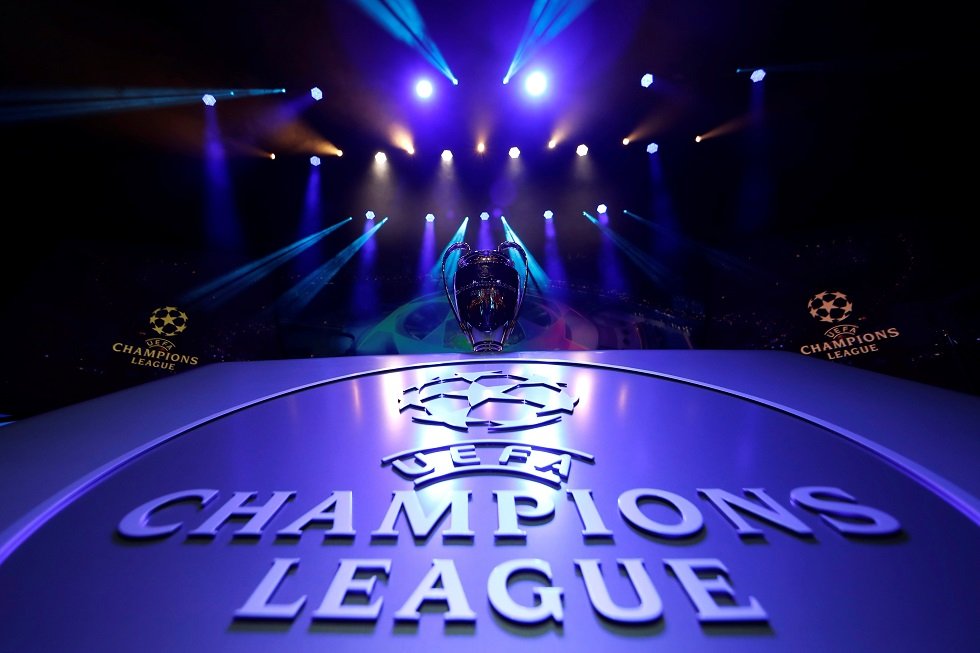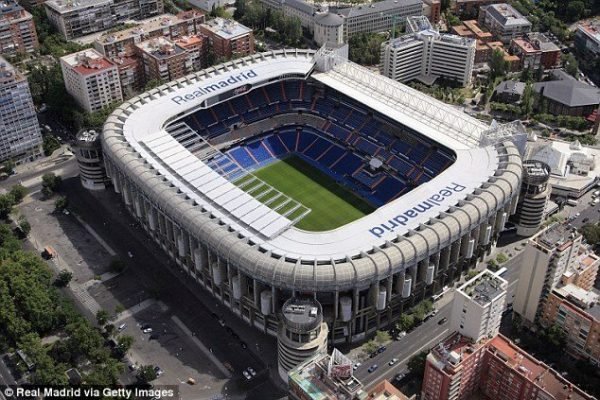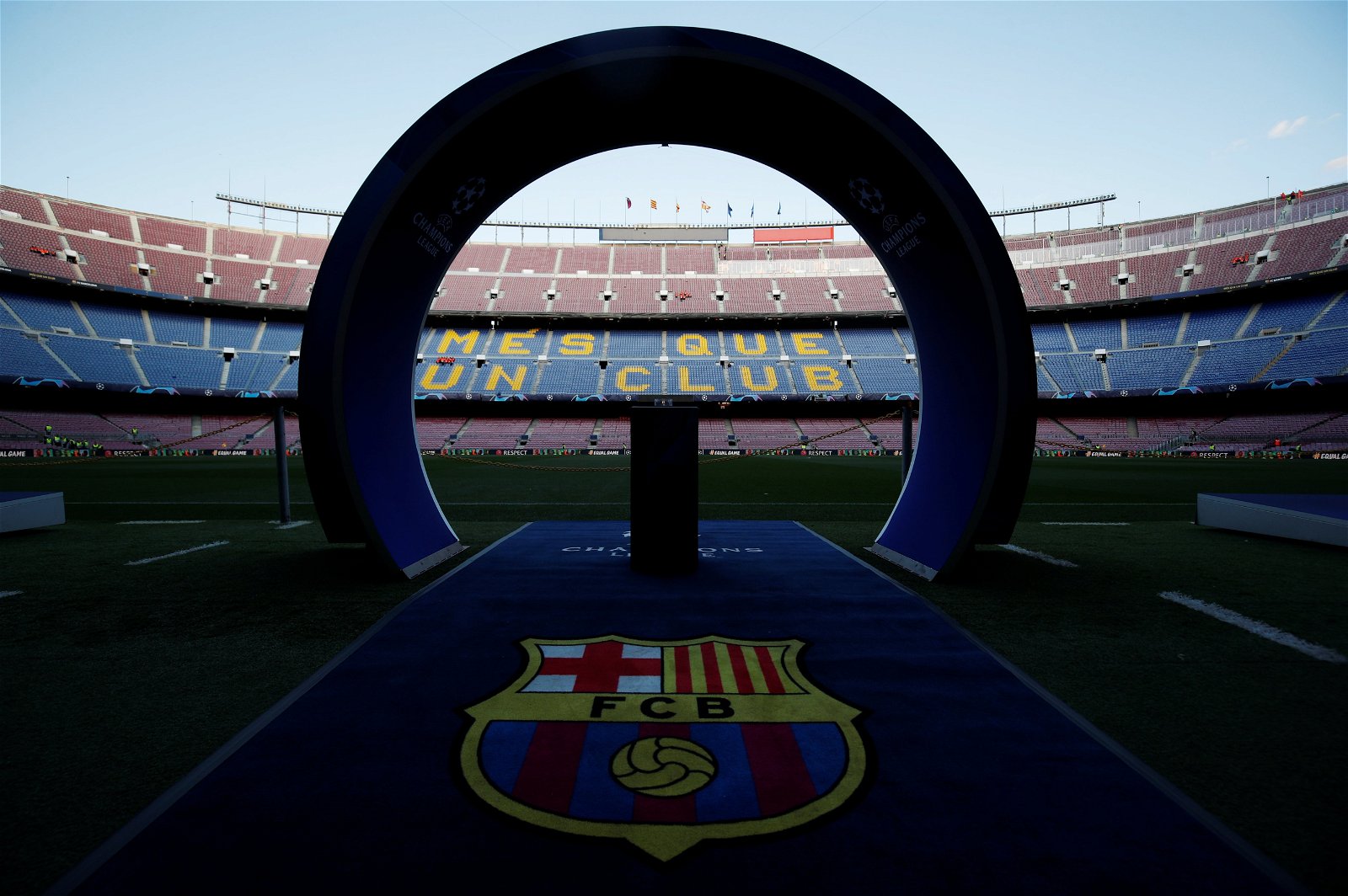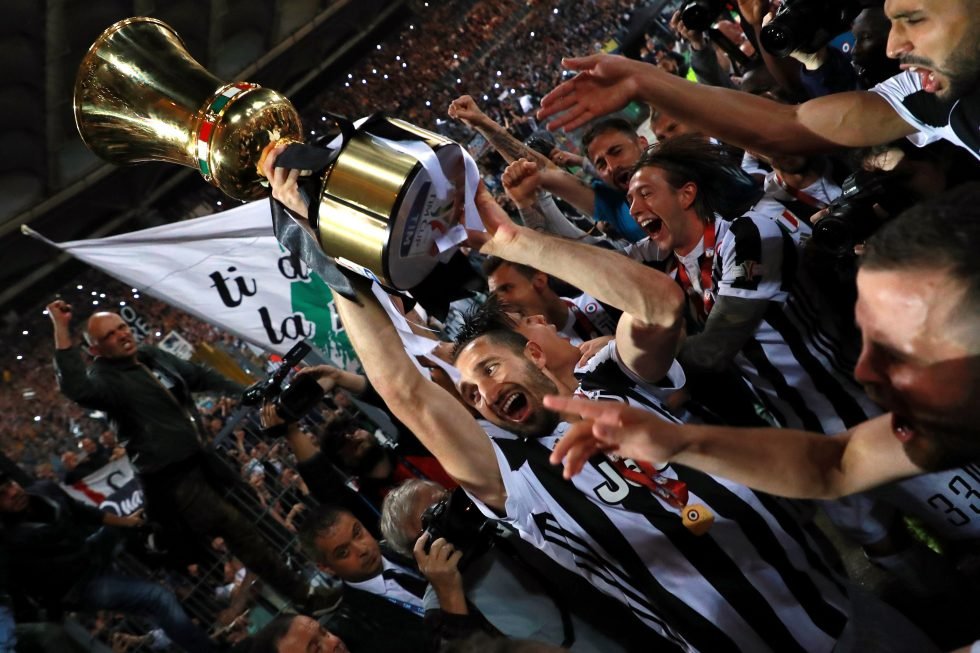Trending Now
SALARIES & PRIZE MONEY
All
- All
- 1. FC Köln
- 2. Bundesliga
- AC Milan
- Accrington Stanley
- Adelaide Crows FC
- AFC Bournemouth
- AFC, American Football Conference
- AFCON
- AFL, Australian Football League
- Africa
- Africa Cup Of Nations
- AIK
- Ajaccio
- Ajax
- Al-Ahli
- Al-Ettifaq
- Al-Hilal
- Al-Ittihad
- Al-Nassr
- Alaves
- Albion
- Algeria
- Allsvenskan
- Almería
- American Football
- Angers
- Anzhi Makhachkala
- Apple
- Arbroath
- Argentina
- Argentine Primera
- Arsenal
- AS Monaco
- AS Roma
- Asia
- Aston Villa
- Atalanta BC
- Athletic Bilbao
- Atletico Madrid
- Atletico Mineiro
- Atletico San Luis
- ATP Masters 1000
- Australia
- Australian A-League
- Australian Football
- Australian Open
- Auxerre
- AZ Alkmaar
- Azerbaijan
- Azerbaijan Premier League
- Bahrain
- Ballon d'Or
- Baltimore Ravens
- Barnsley FC
- Baseball
- Baseball predictions today
- Basketball
- Bastia
- Bayer 04 Leverkusen
- BBC Lawro's predictions
- Belgium
- Bellator
- Benevento
- Benfica
- Beşiktaş
- Best FIFA Football Player
- Best Football Videos
- Betting
- Birmingham FC
- Blackburn Rovers
- Blackpool
- Bohemians
- Bolivia
- Bologna FC
- Bolton Wanderers
- Bordeaux
- Borussia Dortmund
- Borussia Mönchengladbach
- Boxing
- Bradford City
- Brasileirao
- Bray Wanderers
- Brazil
- Brentford FC
- Brescia
- Brighton & Hove Albion
- Brisbane Lions FC
- Bristol City
- British Open
- Buffalo Bills
- Bundesliga
- Bundesliga Fixtures
- Bundesliga Previews
- Burnley
- Burton Albion
- Bury
- CA Osasuna
- Cadiz
- Caen
- Cagliari
How many times has Novak Djokovic won the French Open? Roland...
How many times has Novak Djokovic won the French Open?
How many times has Djokovic won the French Open? Novak Djokovic wins the French Open? French Open 2024...
How many times has Nadal won the French Open? Roland Garros...
How many times has Rafael Nadal won the French Open?
How many times has Nadal won the French Open? Rafael Nadal wins the French Open? French Open 2024 has...
Previews & Predictions
Who will win AFC Champions League 2024 odds and predictions? AFC...
Who will win AFC Champions League 2024 odds? AFC Champions League winner odds and predictions 2023/24?
Who will win AFC Champions League 2024? AFC Champions...
Stream
LATEST ARTICLES
Champions League results 2023/24
Champions League results 2023/24
Champions League results 2023/24? Looking for Champions League results today or yesterday? Champions League results today live? Here you will find...
Champions League Semi Finals 2024
Champions League Semi Finals draw 2024 - when is the draw for the Champions League Semi Finals 2024?
Champions League Semi Finals draw date and...
F1 Emilia Romagna GP 2024: Grand prix start time, live stream, TV Schedule, TV...
F1 Emilia Romagna Grand Prix Live Stream: Start Time, TV Times, Betting Tips & Odds - Formula 1 2024
F1 Emilia Romagna GP live stream?...
How many times has Novak Djokovic won the French Open? Roland Garros Grand Slam...
How many times has Novak Djokovic won the French Open?
How many times has Djokovic won the French Open? Novak Djokovic wins the French Open? French Open 2024...
Top 20 Biggest Stadiums in Europe – Euro 2024
Top 20 Biggest Stadiums in Europe
Top 20 Biggest Stadiums in Europe? What are the Top 20 Biggest Stadiums in Europe? Have you ever wanted...
Europe’s most profitable stadiums – Top 10 most profitable stadiums in Europe!
Europe's most profitable stadiums - here the most profitable stadiums in Europe!
Most profitable stadiums in Europe? Which football arenas are Europe's most profitable stadiums?...
UFC Schedule Today 2024: UFC Fight Schedule Today 2024!
UFC schedule 2024 - upcoming UFC fight schedule with all UFC fights this weekend, today and tonight!
UFC schedule 2024? Next on the UFC schedule...
UFC results today/tonight: UFC results last night fight!
UFC results tonight/today? UFC results from last night fight yesterday! UFC fight results live!
UFC live results? UFC 301 results live? UFC 301 schedule and...
How many times has Nadal won the French Open? Roland Garros Grand Slam tennis...
How many times has Rafael Nadal won the French Open?
How many times has Nadal won the French Open? Rafael Nadal wins the French Open? French Open 2024 has...
What time does UFC fight start tonight UK? UFC Tonight UK time!
What time is UFC tonight UK? UFC start time UK? UFC Tonight UK time!
UFC tonight UK time? What time is UFC tonight UK? What...

